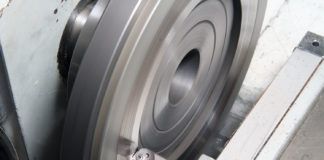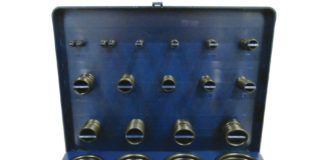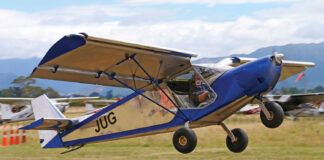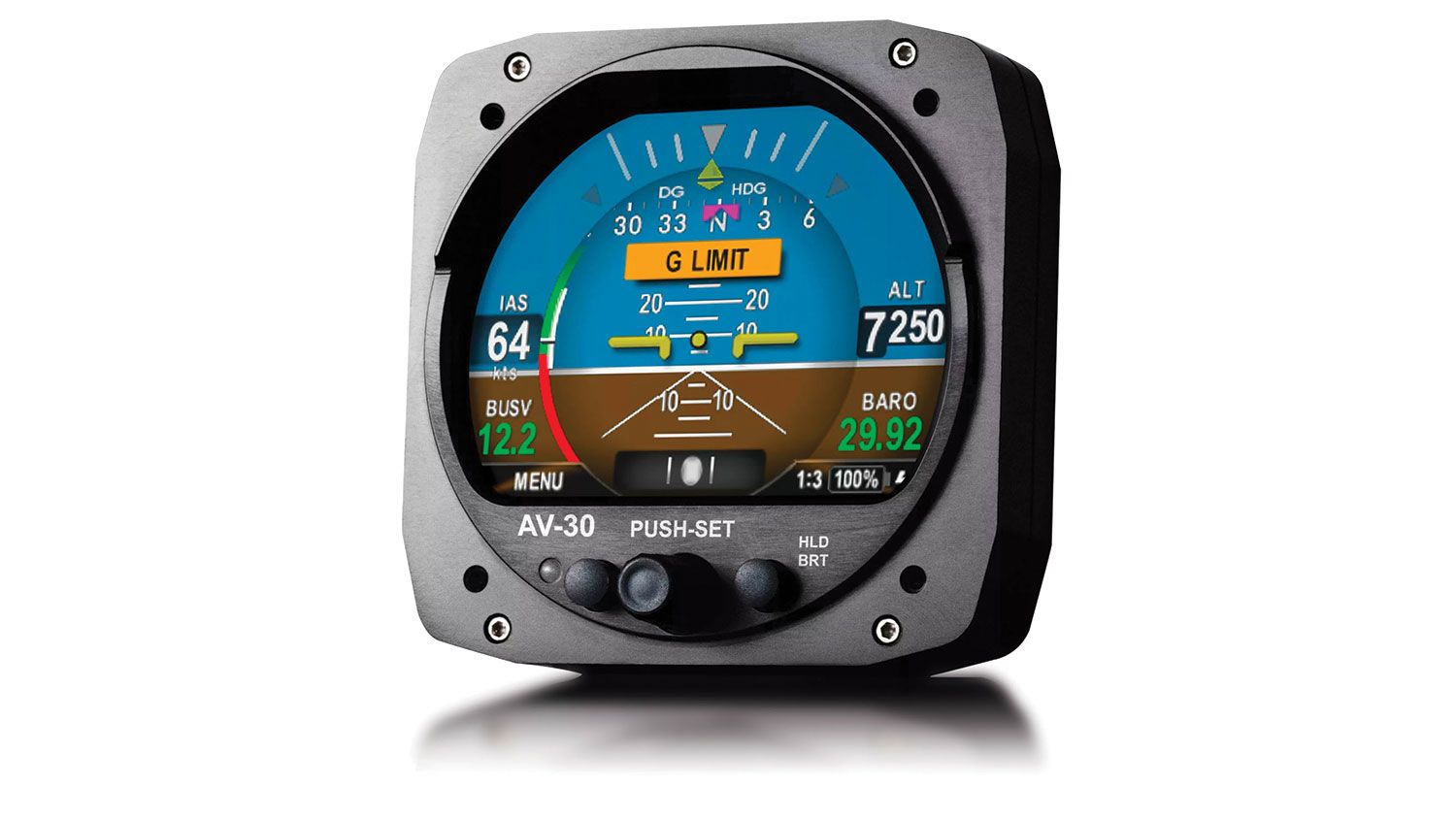 There’s a menu item in the uAvionix AV-30 small-scale EFIS that shows total time. I landed on that while updating software recently and was surprised to see I’d spent more than 300 hours using the instrument in my GlaStar. Since the airplane’s panel is about to go under the knife—should I say wire cutters and DB-pin crimper?—and the AV-30 will be returned, it’s a good time to consider where it started and where it is today.
There’s a menu item in the uAvionix AV-30 small-scale EFIS that shows total time. I landed on that while updating software recently and was surprised to see I’d spent more than 300 hours using the instrument in my GlaStar. Since the airplane’s panel is about to go under the knife—should I say wire cutters and DB-pin crimper?—and the AV-30 will be returned, it’s a good time to consider where it started and where it is today.
I installed the AV-30 in 2020 to join a pair of Garmin G5s. My immediate impressions were good. The basic functions of the AV-30 were mostly right on—its attitude solution was always very solid and its pitot-static performance was dependably good. The display is plenty bright. In 300-plus hours, the AV-30 has been 100% reliable, despite occasionally running test software.
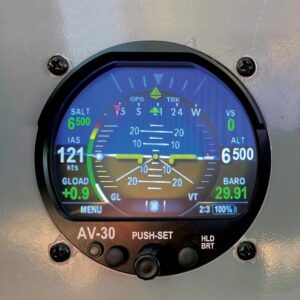
But not perfect. Early in the AV-30’s life, uAvionix was trying to derive a directional gyro strictly in software. It was, for me, a partial success, though I’ve read many more-strident complaints about it from other users. (Perhaps I was lucky?) Over time, uAvionix updated the software and then enabled an internal magnetometer, which provided another level of improvement, though it was never as good as the Garmin G5 with the remote magnetometer. Finally, the company introduced the AV-Mag remote magnetometer, which I installed in my airplane’s right wing. With that $299 accessory, the AV-30 finally had accurate, stable, repeatable heading indications.
Through all this, the AV-30, when either in the AI or DG mode, could be flown showing either the DG or a GPS ground track as the primary heading source. Initially, though, there were limitations. The DG screen using the internal heading reference couldn’t display nav data, and the screens showing nav data could only rely on GPS track. A very recent software update allows any combination of internal heading reference (DG) or GPS track with nav overlay.
More Features
The AV-30 has always had a feature not found elsewhere: derived angle of attack (AoA). After a straightforward setup, the AV-30 will display this derived AoA based on attitude, load factors and airspeed. Not having a “real” AoA in the airplane at the same time, I can’t say if it’s a 1:1 equal to a pitot-derived AoA but it worked well and faithfully responded in ways that I expected the airplane to under different speeds and load factors. I came to include it in my maneuvering/landing scans all the time.
Along the way, uAvionix introduced the AV-Link, a Wi-Fi-enabled dongle that provided wireless connection to a traffic source and permitted wireless software updates. While traffic on the AV-30 did work well, its presentation is simple and not as useful as the same information displayed on a tablet or larger display.
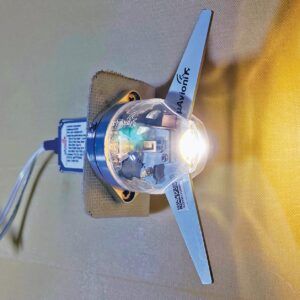
Another way uAvionix marched to its own beat was the addition of the tailBeaconX, a Mode S transponder in the shape of a taillight. At $2499, the tBX proved to be a strong performer and a good deal if you happened to already have an AV-30 or AV-20 to control it. When installed with an AV-30, a dedicated display appears in all three basic modes—AI, DG and traffic—and within that display comes control for the transponder portion. Early versions of the system were fussy to use but the latest uses a more streamlined way to set squawk codes and change transponder modes. Even with the tBX inside the tail cone, several surveys on the FAA’s Public ADS-B Performance Report (PAPR) showed it had near-perfect performance that compared favorably with the Garmin GNX 375 GPS/Mode S transponder also installed. (Naturally, I used only one at a time.)
Autopilot Interfaces
Along the way, I tested a few versions of the AV-30’s autopilot-control software. It uses a simple RS-232 data stream to talk to any of several TruTrak autopilots, in effect mimicking the signal a Dynon SkyView would send to the autopilot head. (In fact, the xCruze 100 I had installed would display “SKYVIEW” when the AV-30 was controlling it.) While it was a successful effort to send vertical and lateral guidance to the autopilot, the AV-30 was hamstrung by its lack of controls—just a single rotary encoder (you can call it a knob) with a push-to-confirm function plus two small pushbuttons flanking it. Changing heading and altitude to follow bugs on the AV-30 required a lot of push-turn-turn-push-turn motion. Incidentally, uAvionix just released the AV-APA, which is a digital-to-analog converter to drive legacy autopilots.
It’s worth noting a few other items promised for some time but not yet delivered with the AV-30 setup. Most notable is an ARINC 429 adapter, which you need to convert GPS lateral and vertical navigation data to the instrument. The AV-30 can read the simplified lateral guidance from an IFR GPS, but there’s no way to show vertical guidance in any mode. That means if you want to have the AV-30 as your core instrument group in an Experimental, you will still need an external CDI to see the glideslope. (In fairness, the Garmin G5 needs the GAD 29 adapter to do the same thing.)
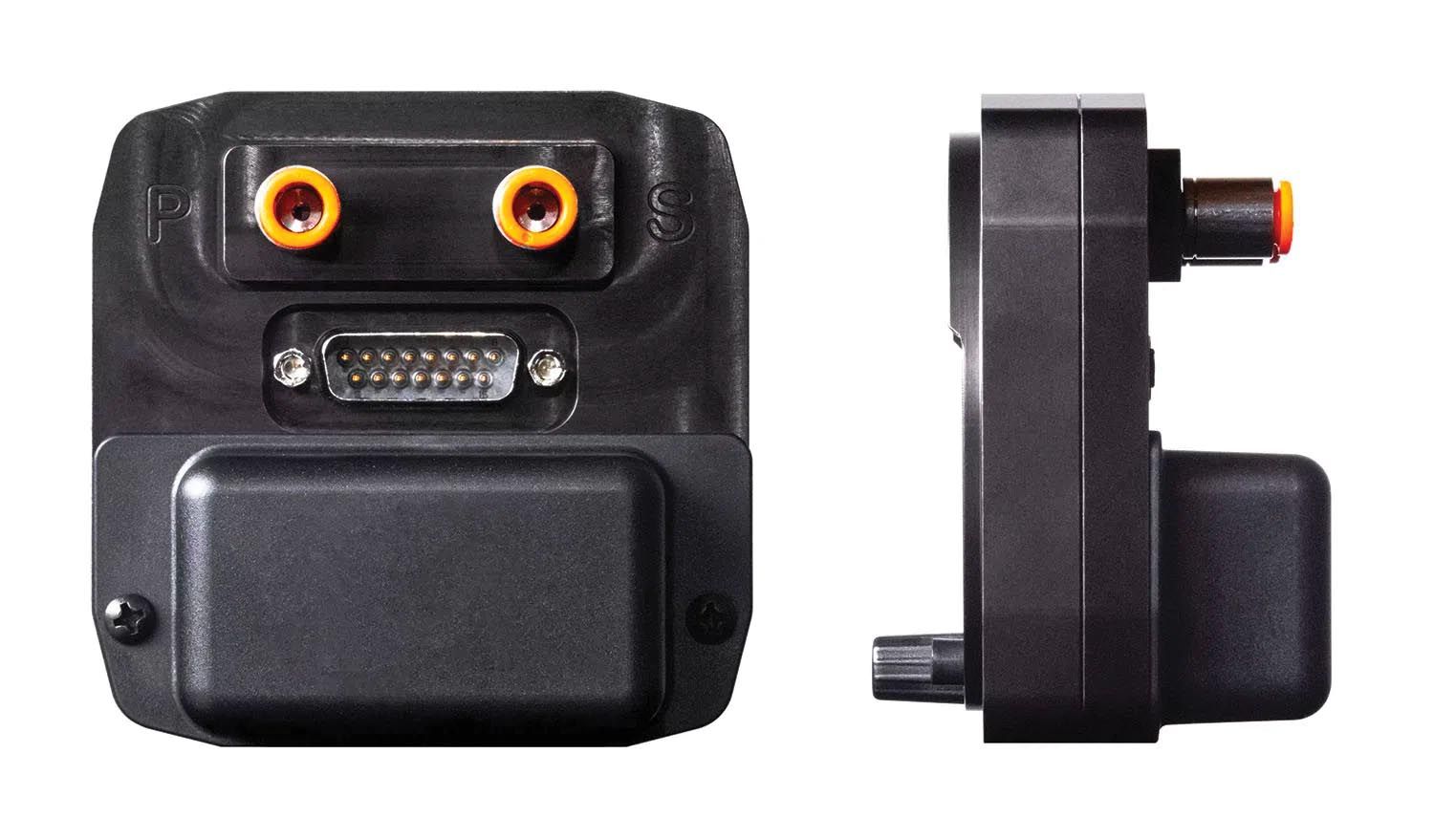
Finally, uAvionix has inexplicably not implemented a rate-of-turn indicator in the display. FAR 91.205 says you need a “gyroscopic rate-of-turn indicator” in addition to the conventional AI and DG. The AV-30 doesn’t directly show rate of turn, so technically a pair of AV-30s in the panel would still require a turn coordinator or turn and bank. And, yes, all other small-scale EFISes I’m aware of have a rate-of-turn feature.
Over the last three years, the AV-30 has performed without a hitch in my airplane. The AV-Mag is a solid accessory I encourage you not to ignore. The AV-Link enables traffic to be shown on the AV-30 but it might be even more useful to allow wireless software upgrades. A pair of AV-30s, one AV-Mag and a pair of AV-Links costs $4865. (Add a $110 OAT probe to get TAS calculations.) For comparison, two Garmin G5s, the remote magnetometer and the OAT system, plus backup batteries for each display and the GAD 29 ARINC 429 adapter total just less than $4500 but there are connector kits to buy that brings the two setups within a few hundred dollars of each other. The Garmins won’t show traffic but they will convey lateral and vertical nav from a GPS, which the AV-30 still can’t.
So it’s mission driven. If you have an IFR-approved GPS and want to see full nav guidance, the AV-30 won’t, today, do the job. But the company has been rolling out new features (even if they’re often way behind the promised release dates) and none has broken the device. That’s definitely something.
For more information, visit www.uavionix.com.
Photos: Courtesy of uAvionix & Marc Cook.










